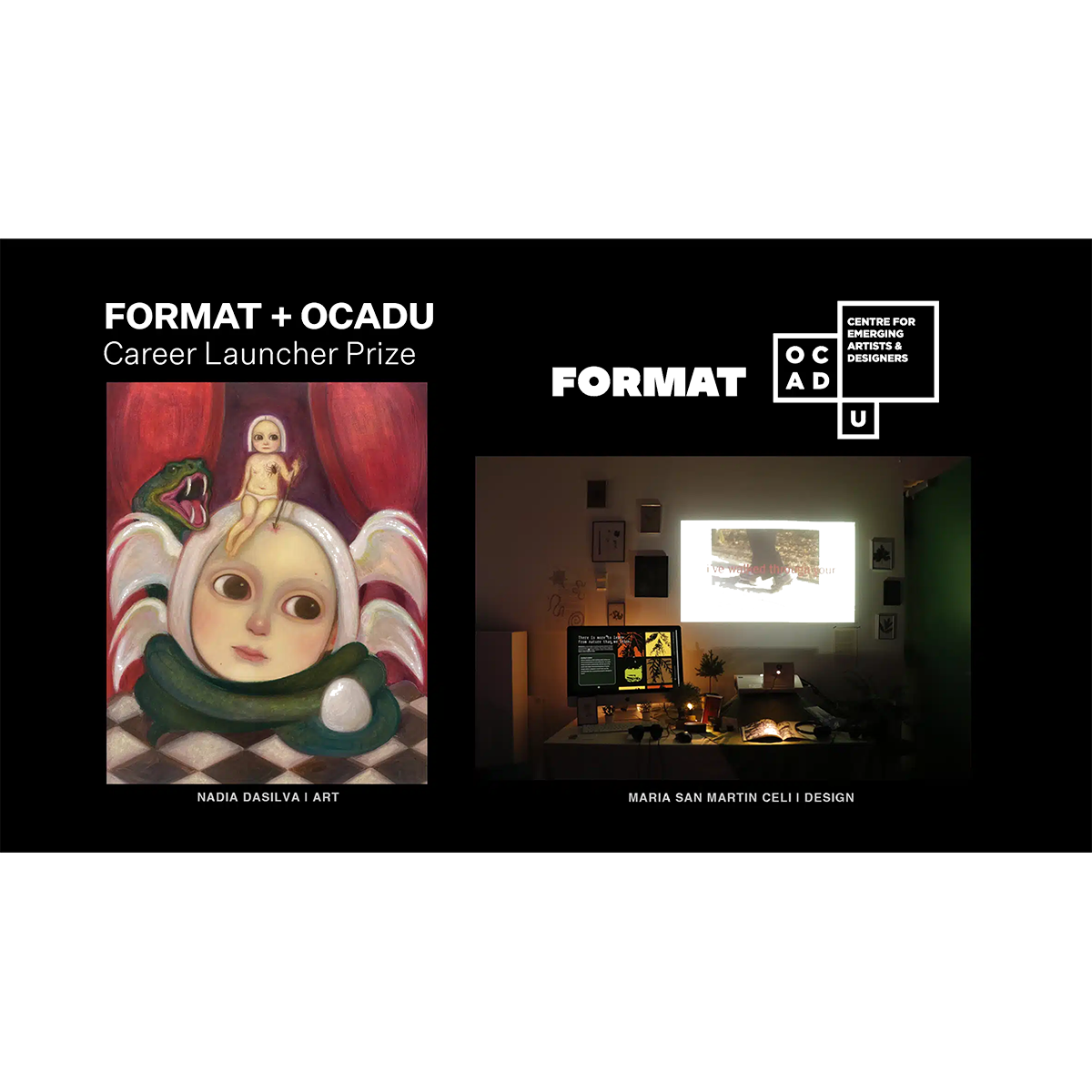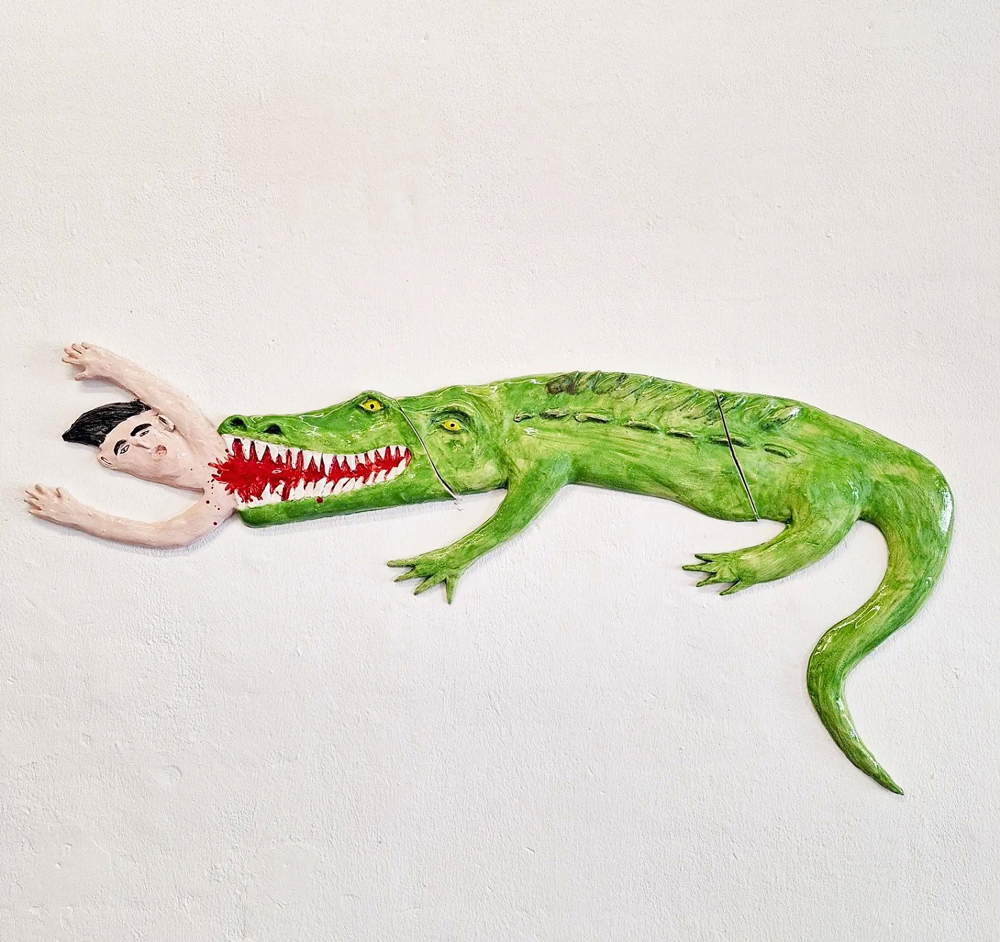This curated list of 10 essential films offers invaluable lessons in storytelling, visual language, and the art of bringing a vision to life. A list of must-see cinema for aspiring and established filmmakers. Discover how master directors skillfully tackled high-concept narratives, innovated with limited budgets, and expertly balanced their artistic ambitions with practical realities to create truly unforgettable films that continue to inspire, entertain and endure.
Ben Sheetz, Format’s video wizard, takes us through his list of essential films for filmmakers, cinematographers and storytellers. Ben also has a podcast dedicated to the art of horror and all things spooky in cinema. For horror lovers, Pod People is a great listen!
American Movie (1999)
Dir. Chris Smith
When I was asked to put this list together, American Movie was the obvious first pick for me. Directed by Chris Smith, this documentary chronicles the life of Mark Borchardt, an aspiring filmmaker from Milwaukee. The story centers around his struggles to complete his low-budget horror short film, Coven (which he pronounces “Coh-ven” because “Coven” sounds too much like “oven”). Mark is not your typical cliché of a filmmaker—he cleans toilets for a living, writes scripts in his car, and faces constant setbacks in his personal and professional life. He’s messy, flawed, and relentlessly passionate. Yet, despite the chaos he embodies, his determination to create art is both heartbreaking and inspiring.
What makes American Movie so special is the film’s raw authenticity. Mark is surrounded by ordinary people—his eccentric uncle Bill, who funds the film, and his best friend Mike, who reluctantly helps with production. Their lives are far from glamorous, but there’s a beauty in their shared struggle to create something meaningful. As someone who went to film school in Milwaukee, this film holds personal significance for me. Mark edits Coven in the same editing suites I used at the University of Wisconsin-Milwaukee, and seeing Mitchell Hall looking exactly the same as it did in the ’90s, is a surreal experience. American Movie is a testament to the power of artistic passion, even when it exists on the obscure niche fringes. It’s an incredibly honest portrait of an unglamorous, passionate artist.
This film is for: any creative looking for inspiration of what can be done with the smallest budget.
Jiro Dreams of Sushi (2011)
Dir. Devid Gelb
Jiro Dreams of Sushi is a mesmerizing documentary about Jiro Ono, an 85-year-old sushi master who runs a tiny, Michelin-starred restaurant in a Tokyo subway station. With only ten seats and reservations booked months in advance, Jiro’s restaurant is a tightly run work of perfection. The film, directed by David Gelb, delves into Jiro’s obsessive dedication to his craft. Every detail—from sourcing the freshest fish to perfecting the temperature and texture of the rice—is meticulously controlled. Jiro’s philosophy is simple: repetition, patience, and an unwavering commitment to excellence.
What makes this film so compelling for artists is its emphasis on process. Jiro’s life is a meditation on the value of craftsmanship and the pursuit of mastery. He spends decades refining the same techniques, never settling for “good enough.” This dedication resonates deeply with anyone who creates art, whether it’s culinary, painting, filmmaking, or writing. The film also explores the tension between tradition and innovation, as Jiro’s sons grapple with carrying on his legacy. Jiro Dreams of Sushi is a reminder that great art is born from discipline, attention to detail, and a relentless drive to improve. It’s a celebration of the beauty that emerges when you pour your heart into the process of creative work.
This film is for: aspiring documentary filmmakers and food lovers.
Ed Wood (1994)
Dir. Tim Burton
Tim Burton’s Ed Wood is a heartfelt tribute to one of Hollywood’s most infamous filmmakers. Ed Wood, often dubbed “the worst director of all time,” is best known for his cult classics like Plan 9 from Outer Space and Glen or Glenda. Johnny Depp delivers a brilliant performance as Wood, portraying him as an eternal optimist who refuses to let failure deter his passion for filmmaking. Despite his lack of talent, Wood’s enthusiasm is infectious, and his love for the creative process shines through in every frame.
The film is a poignant exploration of artistic resilience. Wood faces countless obstacles—shoestring budgets, disinterested actors, and harsh criticism—but he never loses his spark. One of the most moving moments in the film is a fictional encounter between Wood and Orson Welles, where they discuss the challenges of making art. Welles tells Wood, “Visions are worth fighting for. Why spend your life making someone else’s dreams?” This line encapsulates the film’s central message: art has value, even if it isn’t universally recognized or celebrated. Ed Wood is a celebration of the creative spirit, and a celebration of the joy of creation and making art regardless of external validation.
This film is for: creative underdogs needing a reminder that you can be appreciated posthumously.
Local Legends (2019)
Dir. Matt Farley
Local Legends, written, directed, and starring Matt Farley, is a micro-budget gem that offers a deeply personal look at the life of a DIY artist. Farley, who plays a fictionalized version of himself, is a prolific creator who writes and records thousands of novelty songs each year. His work ranges from name-based tunes (like “Happy Birthday, Jessica”) to quirky celebrity and poop centric tracks. He also makes low-budget films with his friends, often to the indifference of those around him.
What makes Local Legends so special is its unflinching honesty about the creative process. Farley’s art is often met with apathy or ridicule, but he continues to create because it brings him joy. One of the film’s most memorable scenes shows Farley screening one of his movies for a girl who leaves halfway through, telling him it’s “kind of ridiculous.” Instead of stopping the film, Farley watches the rest alone, smiling to himself. Another moment sees him sneaking CDs into his local record store, placing them on the shelves in the used CD section, sort of “reverse stealing” as Farley puts it. These moments emphasize the creative expression of Farley and a desire to be heard and seen. Local Legends is a portrait of creative life, reminding us that the act of creation is its own reward.
This film is for: anyone who just wants to make their work, and for it to be seen somewhere. Even if it’s not through major channels.
Burden of Dreams (1982)
Dir. Les Blank
Burden of Dreams is a documentary about Werner Herzog’s Herculean effort to make Fitzcarraldo, a film that involves pulling a 320-ton steamship over a mountain in the Amazon rainforest. Directed by Les Blank, the film captures Herzog’s unshakable determination as he battles impossible odds—extreme weather, logistical nightmares, and the volatile behavior of his lead actor (and noted terrible person), Klaus Kinski.
What makes Burden of Dreams so compelling is its exploration of artistic obsession. Herzog’s vision is both awe-inspiring and maddening, as he pushes himself and his crew to the brink of collapse. The film raises profound questions about the cost of artistic ambition and the fine line between genius and madness. For artists, it’s a powerful reminder that great work often requires sacrifice and perseverance. Herzog’s relentless drive to achieve the impossible is both inspiring and cautionary, making Burden of Dreams a must-watch for anyone who has ever felt consumed by their creative vision.
This film is for: anyone who loves Herzog and his specific brand of madness and wants a look behind the scenes.
Build Your Portfolio With Format
Rated #1 online portfolio builder by film professionals.
Close-Up (1990)
Dir. Abbas Kiarostami
Abbas Kiarostami’s Close-Up is a groundbreaking blend of documentary and fiction that tells the story of Hossein Sabzian, a man who impersonates Iranian filmmaker Mohsen Makhmalbaf. Sabzian, himself poor and working-class, is so moved by Makhmalbaf’s films that he convinces a family he is the director, promising to cast them in his next movie. When his deception is uncovered, Sabzian is put on trial, and Kiarostami films the proceedings, intercutting them with reenactments of the events.
What makes Close-Up so remarkable is its exploration of the transformative power of art. Sabzian’s impersonation is not just a lie—it’s an attempt to transcend his circumstances and connect with something greater. The film blurs the line between reality and fiction, challenging our notions of truth and authenticity. In one poignant scene, Sabzian meets the real Makhmalbaf, and the encounter is both heartbreaking and redemptive. Close-Up is a meditation on the ways art can inspire, deceive, and ultimately transform us.
This film is for: documentarians looking for meta-narratives.
F for Fake (1973)
Dir. Orson Welles
Orson Welles’ F for Fake is a playful, genre-defying exploration of art, illusion, and authenticity. The film weaves together the stories of art forger Elmyr de Hory, his biographer Clifford Irving (who later faked a Howard Hughes autobiography), and Welles himself, who reflects on his own career as a master of deception.
At its core, F for Fake is a celebration of the art of storytelling. Welles argues that all art is, in some way, a forgery—a remix of influences and ideas that came before. The film challenges the notion of originality, suggesting that what matters is not whether something is “real” but whether it resonates. For artists, F for Fake is a liberating reminder that “authenticity” is a farce – creativity is about curating your influences and making them your own. Welles’ wit and charm make this film a joy to watch, and its message is as relevant today as it was in 1973.
This film is for: writers and filmmakers who like to play with the truth.
The Artist Is Present (2012)
Dir. Matthew Akers
The Artist Is Present documents Marina Abramović’s groundbreaking 2010 retrospective at MoMA, where she performed her piece of the same name. For over 700 hours, Abramović sat silently in a chair while inviting visitors to sit across from her and share a moment of connection. The film, directed by Matthew Akers, captures the emotional intensity of the performance, as well as the physical and mental toll it takes on Abramović.
What makes this film so powerful is its exploration of ephemeral art. Abramović’s work exists only in the moment, yet it leaves a lasting impact on those who experience it. The film also delves into her earlier performances, which often involved extreme physical and emotional endurance. The Artist Is Present is a testament to the physicality of Abramovic works and the presence needed to create emotionally resonant artistic experiences.
This film is for: filmmakers and performance artists finding ways to translate the ephemeral experience.
The Five Obstructions (2003)
Dir. Lars von Trier
In The Five Obstructions, Lars von Trier challenges his mentor, filmmaker Jørgen Leth, to remake his 1967 short film, The Perfect Human, five times. Each iteration made with a new set of constraints. The obstructions range from technical (no shot longer than 12 frames) to conceptual (remake the film in the “most miserable place on Earth”).
Leth’s responses to von Trier’s challenges reveal the ways limitations can inspire innovation. Making for a fascinating exploration of how creativity navigates roadblocks. For artists, The Five Obstructions shows how working under constraints helps to push us to innovate beyond our resources or circumstances to see our visions come to life.
This film is for: stubborn artists who like a challenge.
Murder Party (2007)
Dir. Jeremy Saulnier
As the host of the horror film podcast Pod People, I had to include at least one horror movie and Murder Party feels like the perfect pick to end this list. Jeremy Saulnier’s debut feature is a horror-comedy about a group of pretentious New York artists who kidnap a man and plan to murder him as part of an art project. The film is a hilarious send-up of the art world’s self-importance, as the artists’ plans quickly spiral into chaos.
What makes Murder Party so enjoyable is its DIY charm and sharp satire. Saulnier doesn’t take himself too seriously, and the film is a reminder that art should be about self-expression rather than fitting into the clique of the art crowd. For artists, it’s a playful nudge to reject the absurdity of the self-serious art world and avoid sniffing your own farts, so to speak. A lesson to avoid being overly self-serious and have a sense of humor to yourself and your work.
This film is for: anyone who likes a bit of horror satire fun.
Coming Soon
Our essential film lists for animators, photographers and writers.




















